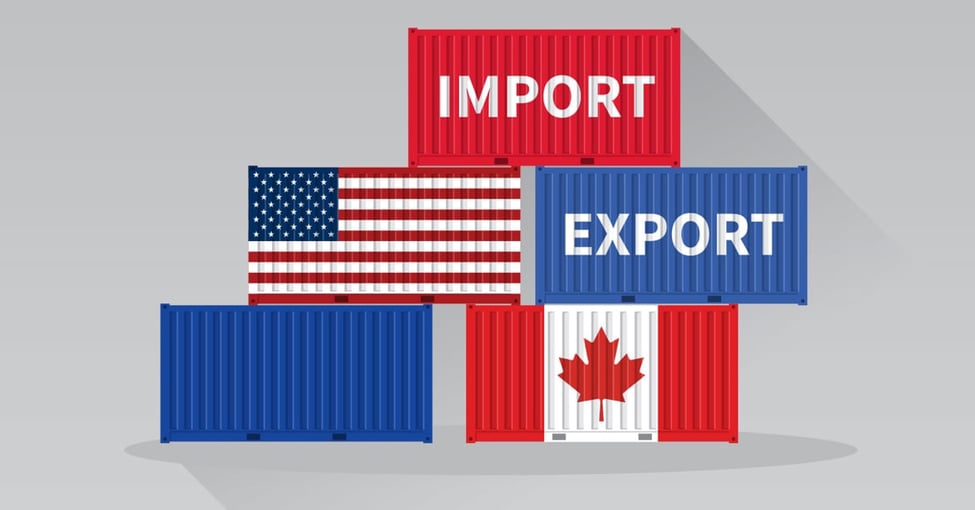How Tariffs May Impact Toronto’s Real Estate Market
The Toronto real estate market has long been a focal point for homeowners, investors, and policymakers alike. With housing affordability concerns already top of mind, new economic pressures—such as tariffs—could further complicate the landscape. But how exactly do tariffs influence the local real estate market?
Understanding Tariffs and Their Effects on Construction Costs
Tariffs are taxes imposed on imported goods, often used as a tool to protect domestic industries or respond to trade disputes. Recently, increased tariffs on essential building materials such as lumber, steel, and aluminum have raised concerns about their impact on housing development in Toronto.
Many of these materials are imported from the United States or sourced from international markets that are affected by global tariff policies. As a result, builders and developers are facing higher costs, which could be passed on to homebuyers and renters.
1. Rising Construction Costs = Higher Home Prices
Toronto’s real estate market already struggles with affordability, and increased material costs only add to the problem. A significant portion of new homes and condo developments rely on imported materials, and if tariffs raise costs, developers may need to adjust their pricing.
According to industry experts, tariffs on lumber alone can add thousands of dollars to the cost of building a single-family home. For large-scale condo projects, the financial impact could be even more substantial. With supply chain disruptions and material shortages already affecting development, new tariffs could further slow down construction and drive prices even higher.
2. Fewer New Housing Developments
Higher construction costs can also deter new development projects. If the cost of building homes becomes too high, developers may delay or cancel projects altogether. This would further restrict housing supply, which is already limited in Toronto’s high-demand market.
The slowdown in new developments could have a ripple effect, affecting not only buyers but also renters. With fewer new rental units being built, demand will continue to outpace supply, leading to increased rent prices across the city.
3. Market Uncertainty and Investor Confidence
Another key factor to consider is the uncertainty that tariffs bring to the market. Real estate investors and developers rely on stable economic conditions to make long-term financial decisions. When tariffs create unpredictable cost increases, investors may be more hesitant to commit to new projects.
This uncertainty can also influence foreign investment in Toronto’s real estate market. If international buyers perceive increased risk due to economic policies and trade disputes, they may look elsewhere for investment opportunities, reducing overall market activity.
4. Potential Policy Responses and Government Interventions
The government may respond to rising housing costs by implementing new policies aimed at affordability, such as tax incentives for developers or subsidies to offset material costs. However, these measures take time to implement and may not fully counteract the impact of tariffs.
Additionally, if trade tensions ease and tariffs are reduced, the market could stabilize. However, the timeline for such changes remains uncertain, leaving developers and homebuyers to navigate the immediate effects of higher costs.
Conclusion: A Complicated Future for Toronto’s Housing Market
Tariffs have the potential to reshape Toronto’s real estate market by increasing construction costs, limiting new developments, and creating uncertainty for investors. For prospective homebuyers, this could mean higher prices and fewer options, while renters may face rising costs due to restricted housing supply.
As policymakers and industry leaders monitor the situation, the long-term effects will depend on how the market adapts and whether alternative solutions—such as increased domestic material production or new government policies—can help offset these challenges. In the meantime, Toronto’s housing market remains as dynamic and unpredictable as ever.
Would you like me to include any statistics or references to recent policy changes?

